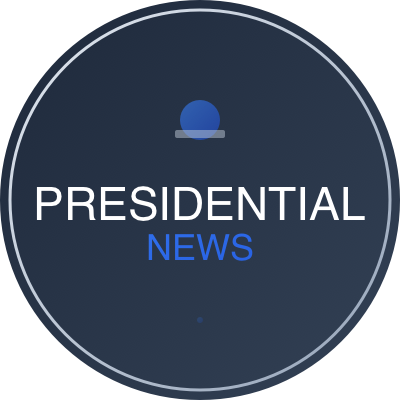NextFin news, On November 6, 2025, the United States Supreme Court convened to hear arguments concerning the legality of tariffs enacted under former President Donald Trump’s administration. The case, held at the Supreme Court building in Washington, D.C., scrutinizes the statutory authority behind tariffs imposed ostensibly for national security reasons under the International Emergency Economic Powers Act (IEEPA). President Trump publicly commented amid the high-profile hearing, claiming that if the Court rules these tariffs unlawful, the U.S. government may be compelled to return potentially trillions of dollars worth of collected tariff revenues to importers and foreign governments. This marked a significant moment given the enduring controversy around Trump's tariffs and their economic consequences.
Trump’s commentary on this judicial process emphasized both the scale of tariff collection during his tenure and the stakes involved—highlighting the risk of massive fiscal reversals. According to reports from Reuters and official court transcripts, the tariffs in question generated upwards of hundreds of billions annually at peak levels, applied primarily to Chinese imports, steel, aluminum, and other key sectors. The tariffs were introduced between 2018 and 2021 to protect U.S. industries and address trade imbalances, but faced intense legal challenges alleging executive overreach and violation of trade laws.
The Supreme Court's consideration centers on whether the President’s invocation of emergency powers under IEEPA justifies such tariffs without Congressional approval. During oral arguments, several justices expressed skepticism about the broad executive authority claimed, signaling a potential rebuke of the administration’s tariff strategy. Should the Court rule against Trump’s interpretation, the government could face unprecedented financial liability from rebates or reparations, ranging into the trillions of dollars as suggested by Trump’s remarks.
This legal scrutiny comes amid growing debate in government and industry about the effectiveness and fairness of trade tariffs as a policy instrument. Since inauguration in January 2025, President Donald Trump has continued to defend protectionist trade measures as critical to restoring American manufacturing and national security. However, the Court’s judgment could reshape the trade policy landscape by limiting executive discretion and reaffirming Congressional primacy in tariff decisions.
Analyzing these developments through an economic and legal lens reveals multifaceted implications. Firstly, the potential financial impact of returning trillions in tariff collections would pose significant budgetary challenges, potentially adding to federal deficits or forcing adjustments in spending priorities. Given that the U.S. government recorded tariff revenues exceeding $250 billion annually during peak periods, repayment obligations could span multiple fiscal years. This fiscal strain would further complicate economic recovery efforts amid ongoing inflationary pressures.
Moreover, the ruling's outcome will influence investor and market confidence in U.S. trade policy stability. Tariffs, while designed to protect domestic industries, often lead to increased costs for American consumers and supply chain disruptions. President Trump recently acknowledged that Americans have been paying “something” for these tariffs, signaling recognition of domestic economic burdens. A judicial rollback of tariff authority could spur a strategic pivot toward negotiations and multilateral trade agreements.
The case sets a precedent on the scope of executive powers in trade regulation. Limiting unilateral tariff imposition without Congressional backing could encourage clearer legislative frameworks and boost accountability. It would also affect diplomatic relations, as affected countries might seek reparations or retaliatory measures, altering global trade dynamics.
Looking forward, the trade policy under President Trump’s current administration could face critical revisions depending on the Court’s decision. If upheld, the ruling may embolden the administration to recalibrate tariffs with enhanced Congressional collaboration, adopting more targeted and legally sustainable measures. Conversely, should the tariffs be invalidated, the administration may accelerate negotiations to avoid economic dislocation and fiscal losses.
Furthermore, industries heavily reliant on tariff protection—such as steel manufacturing and agriculture—will closely monitor outcomes to adapt business strategies. The uncertainty around tariff rules could stimulate calls for increased domestic innovation and supply chain diversification to mitigate risks from international policy shifts.
In conclusion, the Supreme Court’s deliberation on the legality of President Donald Trump’s tariffs represents a landmark intersection of law, economics, and trade policy. Trump’s public warnings about the possible return of trillions in tariffs highlight the profound fiscal and political stakes involved. The ruling will shape not only the trajectory of U.S. trade strategy but also the broader balance of powers between the executive branch and Congress in economic policymaking. According to Reuters, the global financial community awaits the verdict with keen interest, anticipating ripple effects across markets and international relations.
Explore more exclusive insights at nextfin.ai.

